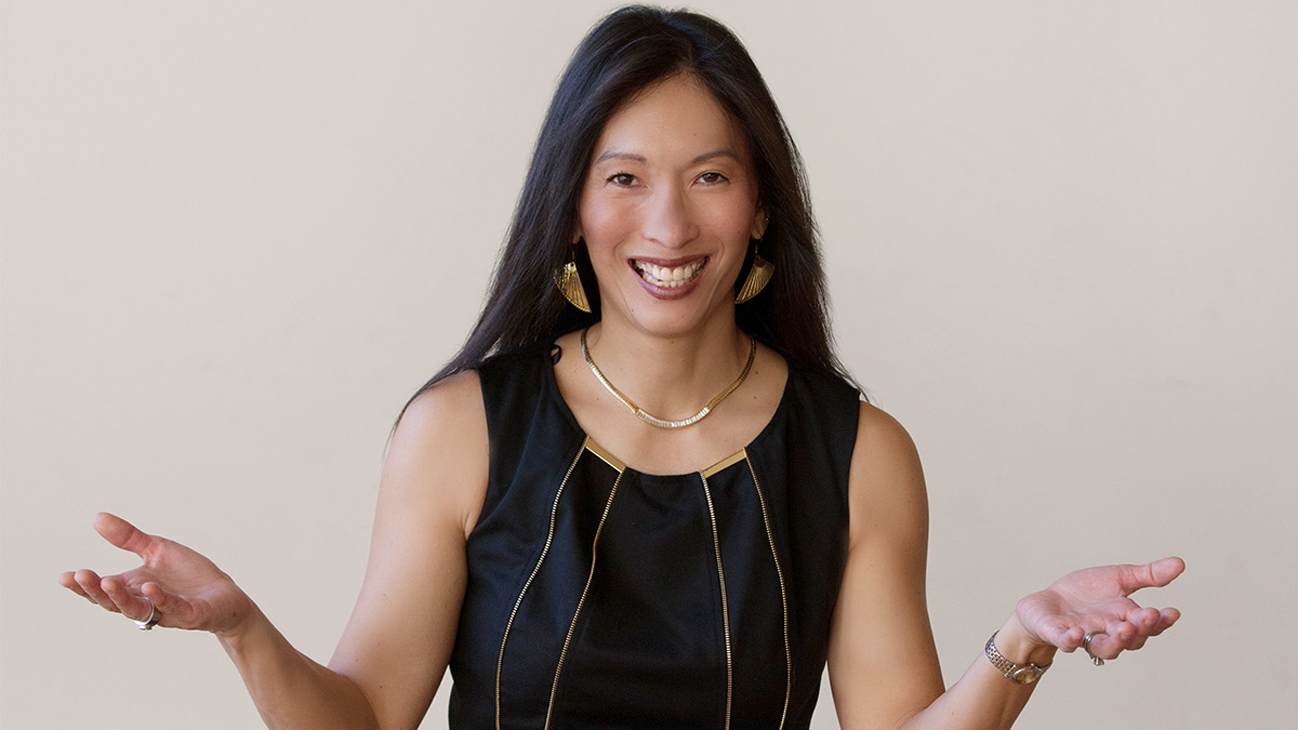Now more than ever, business leaders are looking for fresh ideas, new understanding, and actionable insights to jumpstart their business. Denise Lee Yohn inspires, informs, and instructs them with a completely different way of thinking about their business. In this article for Forbes, Denise writes that without spots that are relevant and compelling, Olympics advertisers are wasting sponsorship dollars:
When the 2016 Olympics kick off on Friday, many advertisers will be crossing their fingers that their Olympics sponsorship will pay off. Their hopes will be misplaced if they haven’t executed on their sponsorship with the right advertising. Without spots that are relevant and compelling to their target customers, Olympics advertisers are wasting their sponsorship dollars.
Companies can sign up for different levels of sponsorship, ranging from Worldwide Olympic Partner to Official Supplier. Each comes with different terms dictating how Olympics-related logos, names, images, etc. can be used in advertising, on uniforms, in apps, and now even in Tweets. The Olympic Partners (TOP) program, the highest level of Olympic sponsorship, can cost over $200 million these days. Spending that kind of money, advertisers are right to expect a return. But results show that hefty sponsorship dollars don’t automatically translate to a successful campaign.
A comparison of Adidas’s and Nike’s campaigns for the 2012 London Olympics illustrates this point. Adidas spent $127 million to $156 million to be the “Official Sportswear Partner of the London 2012 Olympic Games and the London 2012 Paralympic Games.” Nike paid considerably less for a “tier-three” sponsorship which allowed it to outfit most Brazilian national teams for the 2012 London and 2016 Rio Games. Yet, in a move that some label as ambush marketing, Nike shot commercials in places around the world named London and timed the campaign launch to coincide with the Games opening ceremony.
Adidas’s “Take the Stage” commercials showed top British athletes in short clips with a voice-over that emphasized the mental challenges of competing at the highest level on the global stage that is the Olympics. Nike’s campaign, “Find Your Greatness,” featured everyday people striving to excel, including a chubby teenager slogging out a jog on a long, empty road, struggling but persevering.
According to AdAge, Nike’s campaign resonated with consumers much more strongly. More people identified Nike as an Olympic sponsor than Adidas (37% vs. 24%) — and among those who identified brands as sponsors, whether correctly or incorrectly, 54% of respondents said the Olympic sponsorship made them feel more positively about Nike. The RealTime Report reported results showing that Nike had gained more traction than Adidas in social media — including that during the Olympics period, over 16,020 tweets associated the word “Nike” with “Olympics” vs. just under 9,300 for Adidas, Nike added twice as many Facebook fans as Adidas, and the #findgreatness hashtag earned over 7,000 more Tweets than Adidas’s #takethestage.
The difference in creative approaches between the two campaigns explains the sharp contrast in results. While the ads from Adidas celebrated Olympic athletes with extraordinary talent, Nike focused on the average person doing the ordinary. The former promoted the Olympics and elite athletes while the latter spoke to the customer. Adidas certainly generated goodwill by supporting the Olympics and it benefited from associating its brand with sports celebrities, but its effort didn’t make its brand more relevant to customers — nor did it compel them to purchase its products.
Olympics sponsors should ensure their ads are not just promotional vehicles for the Games and the competitors. That’s not to say that their creative shouldn’t include Olympic athletes or leverage the attention, passion, and fandom generated by the Games. After all, the ability to get access to and tap into the power of the Olympics is why companies sign up for sponsorship. But the ads should also seek to create an emotional bond between the customer and the brand. P&G’s “Thank You, Mom” campaign, now in its third iteration, does both brilliantly.
Cultivating an emotional connection with the brand is the key to all effective advertising. Ads with big budgets for big brands designed to run on a big stage like the Olympics aren’t exempt from this truth. In fact, to ensure they break through all the hype, official sponsors’ ads must work even harder to connect with their target.
This is not a criticism against Olympics sponsorship; it is a call to Olympics partners to stop wasting their sponsorship dollars.

